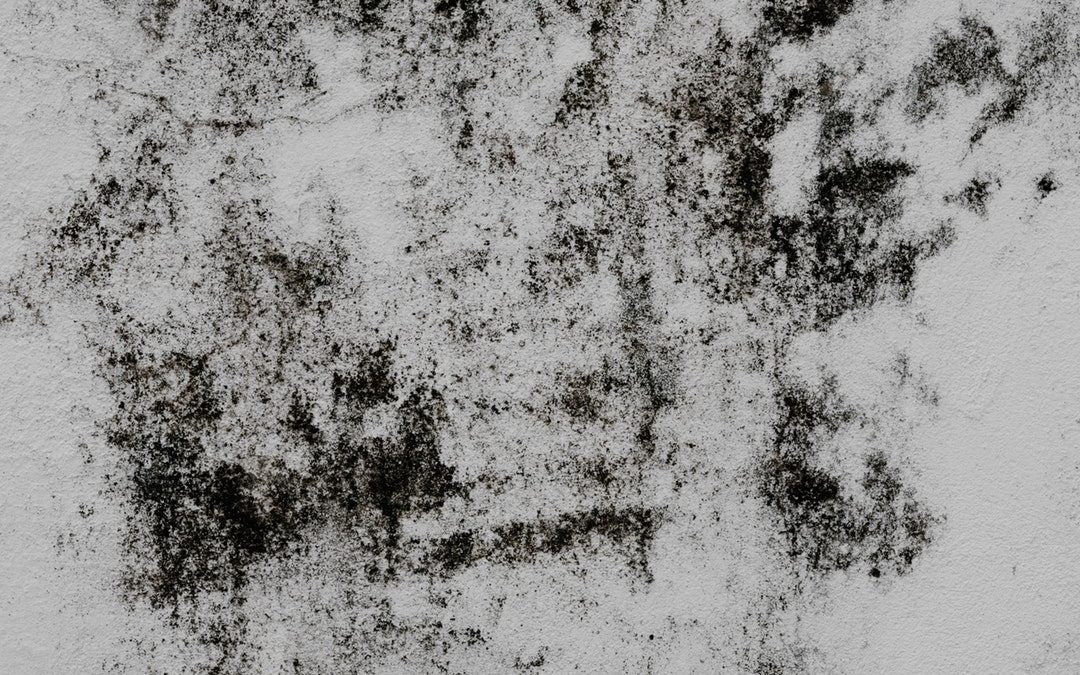We’ve all heard that mold is bad for you, but do you know what the health risks of mold exposure actually are?
Mold is caused by excess moisture and poor ventilation. The result is fuzzy black and multi-colored patches of dangerous mold. Breathe it in or touch it, and you’re going to get sick.
Keep reading to find out 5 health risks of mold and how to banish it from your life.
1. Asthma and Asthma Attacks
Children and the elderly are those worst affected by mold. Mold spores worsen asthma in asthmatic children. But even kids who don’t have asthma can develop it if they’re regularly exposed to mold.
Conversely, asthmatics find it much easier to breathe in mold-free homes.
2. Heightened Allergies
If allergy season’s over but your eyes are still red-rimmed, you’re sneezing and your nose is running, that could be the mold talking.
3. Respiratory Problems
Coughing, wheezing, chest tightness and shortness of breath are all signs of mold exposure. When inhaled, mold spores irritate your throat, chest and lungs causing breathing problems.
4. Skin Rash
When mold spores come into contact with skin, they can cause skin rashes. Be particularly cautious with your kids; mold often grows on the lower parts of walls, which is just where kids crawl and play.
5. Fatigue and Chronic Fatigue
If you’re feeling generally unwell and fatigued, it could well be another sign of mold exposure. Mold can certainly lead to lethargy, but that’s not all.
Research shows mold can also lead to chronic fatigue syndrome (ME/CFS), which leaves you feeling constantly drained and lacking energy.
How to Get Rid of Mold
Mold springs up from high levels of humidity in a home.
If you have patches of mold growing in your house, you’ll first need to treat it. Once you’ve cleaned it out, the next step is to prevent it from ever coming back.
Get Rid of Mold
- Wash mold-exposed furnishings and toys at high temperatures to kill spores
- Wear a face mask, rubber gloves and safety goggles when removing mold
- Leave windows and doors open for ventilation
- Use warm soapy water to gently wipe (not scrub) away the mold
- Dry the wall afterward, to remove excess moisture
Prevent Future Mold
- Regularly leave windows and doors open to air out the house
- If possible, install a window latch mechanism. This way, your house can breathe and stay safe at the same time
- Keep windows open while cooking
- Dry laundry outside, and be sure to vent your dryer
- Keep external walls heated in winter to prevent condensation
- If you notice moisture on walls or windows, wipe away immediately
Avoid the Health Risks of Mold
If you have fuzzy patches of mold in your home, chances are you could already be exposed to the health risks of mold. Breathing problems, asthma, rashes and allergies are all signs that the mold’s getting to you.
Prevent mold with good ventilation; open those windows, and make sure wet laundry dries outdoors.
But did you know that different types of mold can be more dangerous than others? If you have mold in your home, contact us today for a mold assessment, and advice on how to treat it.

